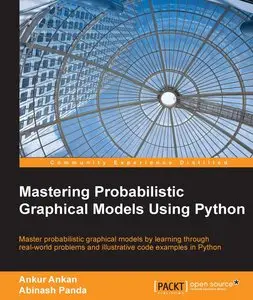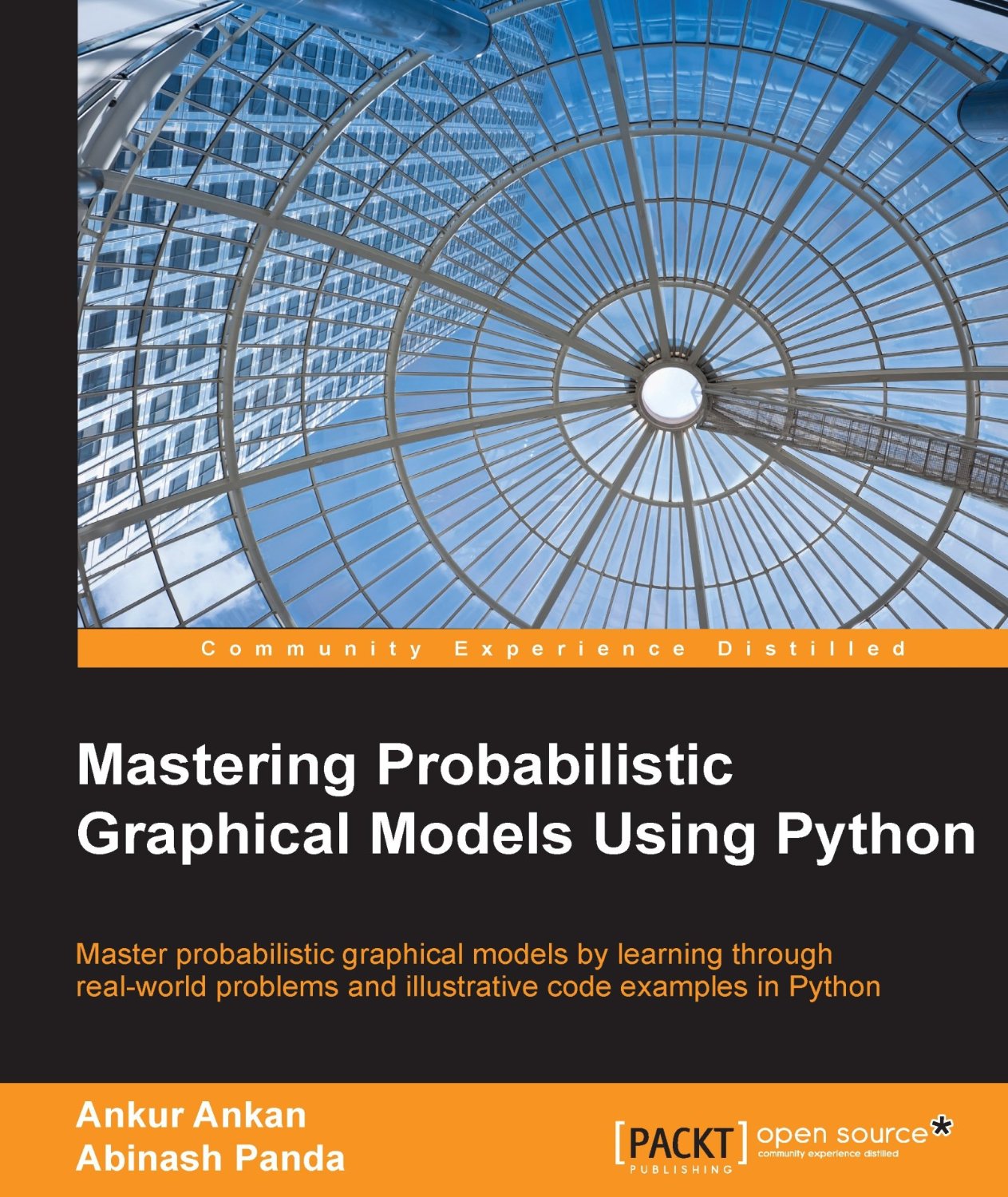Mastering Probabilistic Graphical Models using Python by Ankur Ankan
English | 26 July 2015 | ISBN: 1784394688 | 284 Pages | EPUB/MOBI/PDF (True) | 34.35 MB
With: Code Files
English | 26 July 2015 | ISBN: 1784394688 | 284 Pages | EPUB/MOBI/PDF (True) | 34.35 MB
With: Code Files
If you are a researcher or a machine learning enthusiast, or are working in the data science field and have a basic idea of Bayesian learning or probabilistic graphical models, this book will help you to understand the details of graphical models and use them in your data science problems.
Master probabilistic graphical models by learning through real-world problems and illustrative code examples in Python
About This Book
Gain in-depth knowledge of Probabilistic Graphical Models
Model time-series problems using Dynamic Bayesian Networks
A practical guide to help you apply PGMs to real-world problems
What You Will Learn
Get to know the basics of probability theory and graph theory
Work with Markov networks
Implement Bayesian networks
Exact inference techniques in graphical models such as the variable elimination algorithm
Understand approximate inference techniques in graphical models such as message passing algorithms
Sampling algorithms in graphical models
Grasp details of Naive Bayes with real-world examples
Deploy probabilistic graphical models using various libraries in Python
Gain working details of Hidden Markov models with real-world examples
In Detail
Probabilistic graphical models is a technique in machine learning that uses the concepts of graph theory to concisely represent and optimally predict values in our data problems.
Graphical models gives us techniques to find complex patterns in the data and are widely used in the field of speech recognition, information extraction, image segmentation, and modeling gene regulatory networks.
This book starts with the basics of probability theory and graph theory, then goes on to discuss various models and inference algorithms. All the different types of models are discussed along with code examples to create and modify them, and also run different inference algorithms on them. There is an entire chapter that goes on to cover Naive Bayes model and Hidden Markov models. These models have been thoroughly discussed using real-world examples.



